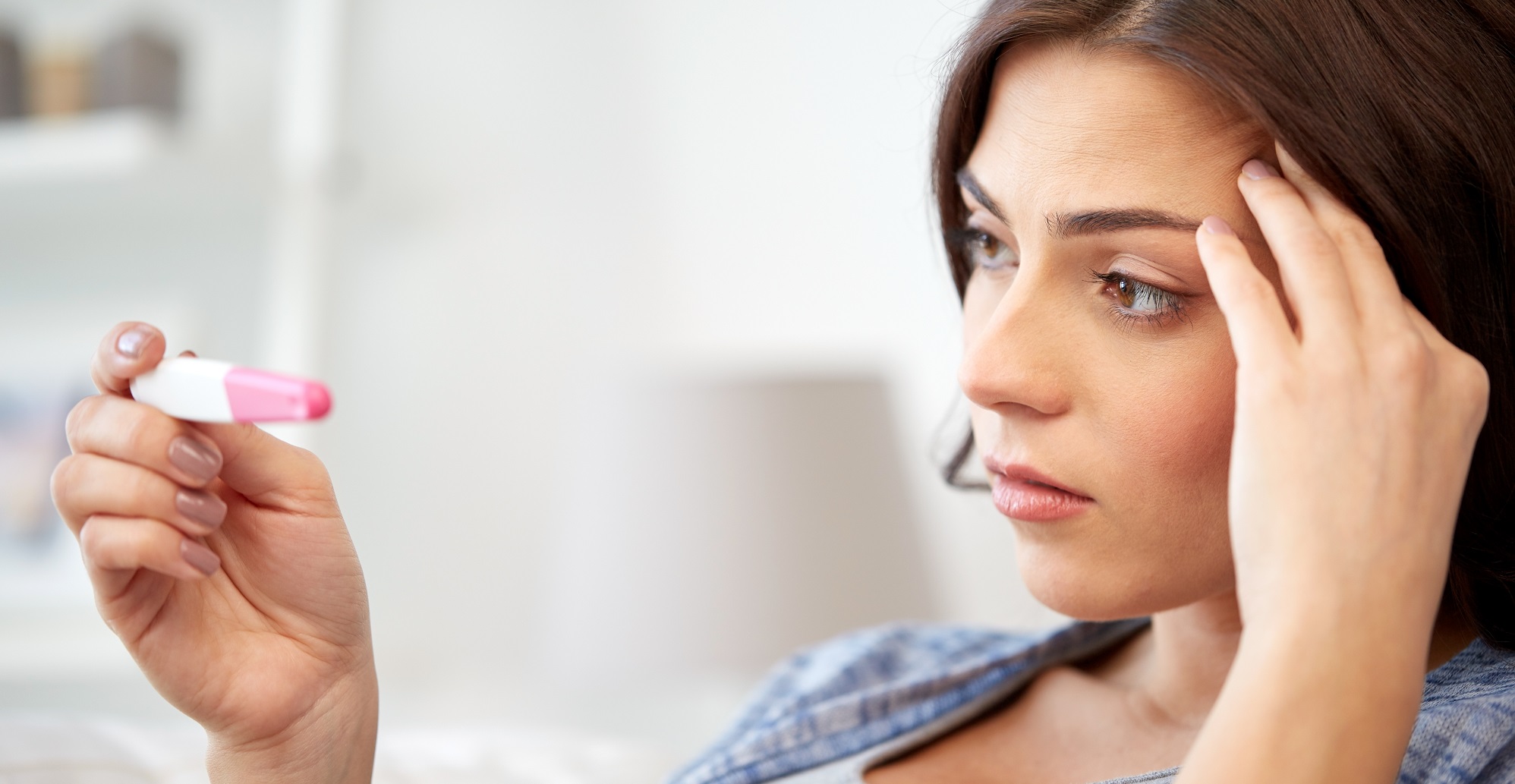Yes, we’re going to discuss the color of the urine in this article. Before you dismiss it, the color of your urine can be an interesting topic. That’s because our urine color can change for many reasons, ranging from the food you eat, to the medicines you take and to certain medical conditions.
The more water you drink, the less yellow your urine appears to be
This is probably a common knowledge -- the more water you drink, the less concentrated your urine is, hence exhibit less yellow color.
Image credit to: Urology Care Foundation - Urine Color. https://www.urologyhealth.org/educational-resources/urine-color
These foods can change your urine color
-
Eating beets, blackberries, rhubarb and dragon fruit can turn your urine red or pink.
-
Eating large amounts of fava beans can lead to a dark brown urine.
-
Many processed foods and sweets contain food dye. If you ingest a lot of food dyes, they may dye your urine into blue or green color!
Medications, too
-
Rifampin, a common antibiotic used in the treatment of tuberculosis (TB), can make your urine appear reddish orange. The discoloration can affect other body fluids (sweat, tears, saliva), the soft contact lens you’re wearing when on treatment, as well as your teeth.
-
Phenazopyridine, a painkiller used to treat pain during urination, can also make your urine reddish orange.
-
Senna, a type of laxative used to treat constipation, can also lead to orange urine.
-
Other medications that turn urine into reddish,brown color: certain chemotherapy medications, metronidazole, and nitrofurantoin (both of which are antibiotics).
-
Amitriptyline, a group of antidepressant medications, can give your urine a blue- or green-tinged color.
Generally, these color changes brought by medications are harmless. Such color change is caused by the metabolites of these medications you have taken.
Medical conditions
An abnormal urine color may also inform healthcare professionals about your health status. For instance, some liver and kidney disorders and some urinary tract infections can turn urine dark brown.
In other cases, a dark brown urine may be a result of severe muscle injury -- usually caused by extreme physical activities or sports that result in the breakdown of muscle cells. The damaged muscle cells release a content called myoglobin, which stained the urine as dark brown color. This condition is known as rhabdomyolysis, and is usually accompanied by severe muscle pain.
Rhabdomyolysis can also be caused by inappropriately high doses of statin, a medication that lowers your blood cholesterol. These scenarios warrant a physical examination and blood test by a healthcare professional.You should not attribute your body pain with your cholesterol-lowering medications and stop taking them without consulting your doctor first.
References:
-
Urology Care Foundation - Urine Color. https://www.urologyhealth.org/educational-resources/urine-color
-
NCH Healthcare System - Urine color. https://www.nchmd.org/education/mayo-health-library/details/CON-20032831
-
Healthline - What You Need to Know About Discolored Urine. https://www.healthline.com/health/urine-abnormal-color
-
Mayo Clinic - Urine color. https://www.mayoclinic.org/diseases-conditions/urine-color/symptoms-causes/syc-20367333#:~:text=A%20number%20of%20drugs%20can,and%20methocarbamol%20%E2%80%94%20a%20muscle%20relaxant.








